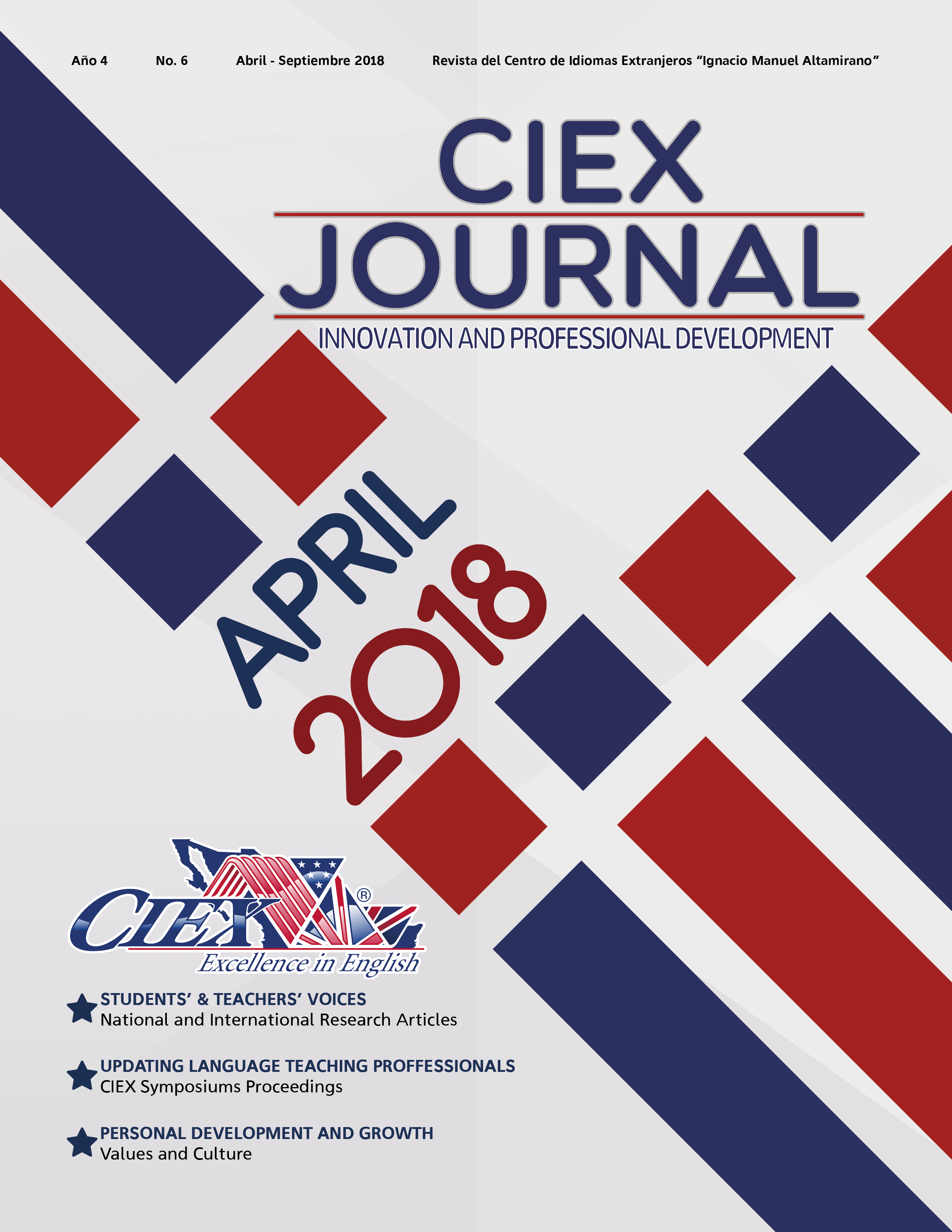Technology in Language Teaching and Learning
Caveat Magister
Resumen
Makers of language learning software promise highly individualized learning experiences. Some, most notably the website and app Duolingo, even claim that research they have sponsored shows that their software by itself is better than a classroom learning. However, evaluating these technologies against widely recognized learning standards and theories of second language acquisition raises troubling questions about their effectiveness. In fact, some software seems to violate basic principles of second language learning, such as failing to use authentic language in favor of contrived and improbable phrases, and a reliance on “interactive” exercises that seem much more like old –fashioned “drill and kill.” The claims of software makers must be evaluated skeptically. This is particularly true since the developers are for-profit companies, and it has become common for software makers to make aggressive claims about their products. Nonetheless, technology still can play a valuable role in language learning and teaching. Rather than trust in software developers, educators must take the lead in the creating learning experiences that use technologies. In this regard, dedicated language learning software may be less valuable than truly authentic language opportunities available through the internet, such as videos, communication on forums and social media, and authentic-language media such as newspapers.
Descargas





